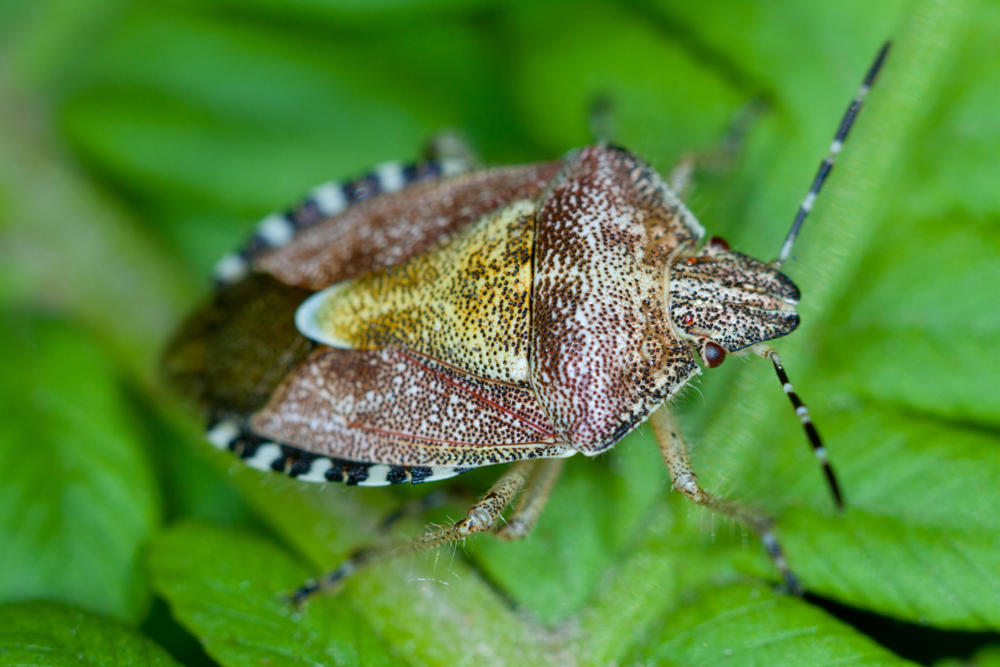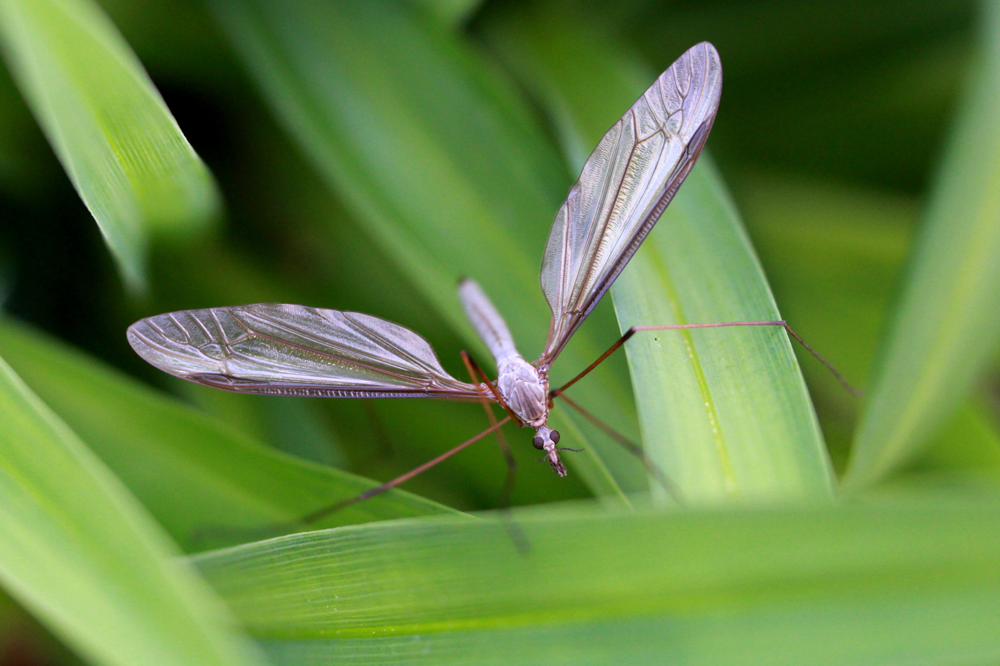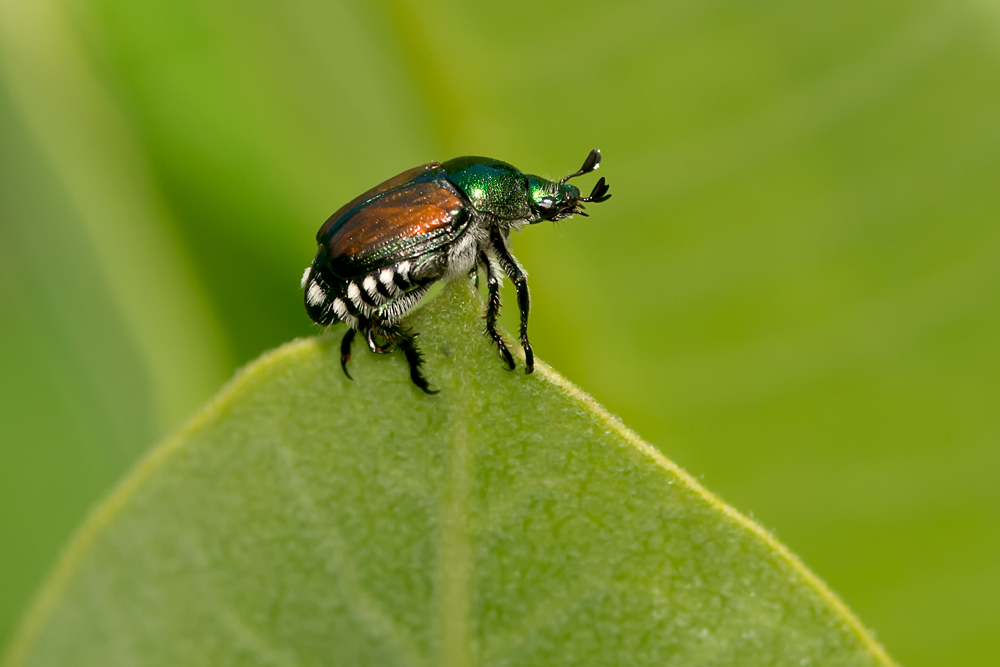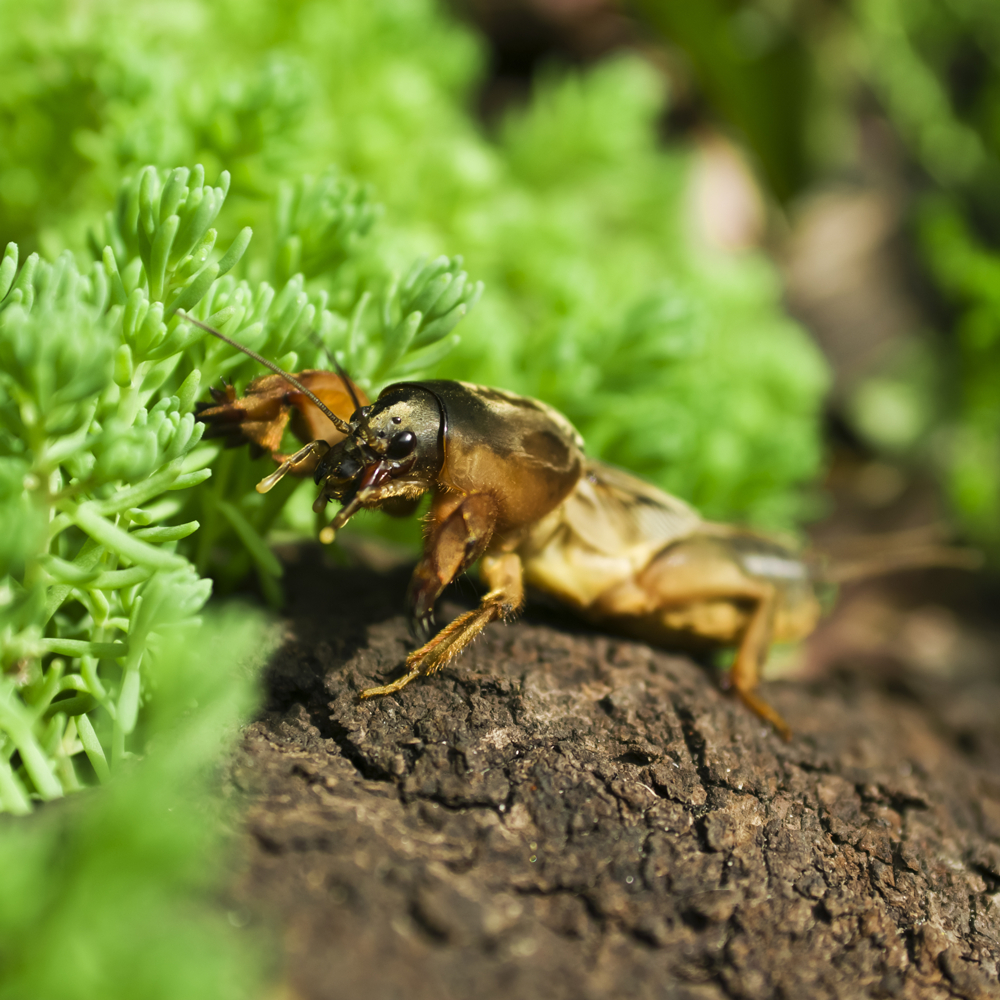What! Brown spots on your lawn? And it’s not a common lawn disease! Sadly despite all of the weekly mows, the planting, and sprinkling, sometimes it seems you just can’t get your entire lawn green and healthy. If you have brown patches on your lawn and/or leaves that look like they may have been munched on, these are often symptoms of a bug problem.
Lawn pests can take away your lawn’s beautiful color and overall health if not controlled and treated. Don’t let these sneaky critters get in the way of your otherwise carefree summer. To help you get to the bottom of this problem we will identify some of the most common symptoms of bugs in your lawn, how to recognize them, and how to prevent and treat these infestations.
Japanese Beetle
Any signs of munched-on leaves, plants, or fruit could be a sign that there is a Japanese Beetle colony in your garden. Skeletonized leaves around your garden are a common symptom of a Japanese beetles infestation. Beetles generally attack during June, starting from the top foliage and moving their way downward. While they may not be eating the grass itself, they lay their eggs in the soil, and these eggs turn into white grubs which will eat your grass and its roots. Without roots, your grass can’t grow and it results in patches of brown or dead turf. White lawn grubs are the larval form of Japanese beetles. Grubs normally arise in early to mid-spring, and turn into Japanese Beetles by the mid-summer.
Chinch Bug

Grass that is turning yellow or reddish-brown in color could be suffering from a chinch bug problem. These tiny critters are difficult to spot in the grass during the day. Chinch bugs tend to feed on many of the most common types of grasses (red fescues, perennial ryegrass, bentgrass, and Kentucky bluegrass). These nasty critters attack thick turf areas by sucking the juices out of your grass and actually injecting a toxin that loosens the roots from their soil.
Mole Cricket
Mole crickets are one of the most devastating lawn pests throughout the Southeast. These insects tunnel through soil feasting on insects and decaying plant matter, along with grass roots and shoots. A lawn infested with mole crickets has irregularly-shaped brown patches and feels spongy when you walk on it. Small tunnels and dying grass that lacks roots are key clues that mole crickets are attacking your lawn. Treatment options typically focus on insecticide applications. Mole crickets prefer moist soil for digging. One way to help prevent these lawn pests are to make sure you’re not over watering your lawn.
European Crane Fly

The European crane fly is usually found in the Northwest section of the country. These lawn pests look a lot like an oversized mosquito. Larvae, called leatherjackets, hatch in fall and feed on grass roots through the region’s mild winter. The damage that they do can be seen in spring. When lawns should be greening and growing rapidly, they seem to stall and become weaker. Inspect the top 3 inches of sod for leatherjackets from February to mid-May. The best places to check are where the grass is in poor shape, yellowing or even missing. Shady and wet areas are another place to check.
Get Rid of Those Lawn Bugs
Many of the most common lawn bug infestation can be resolved without using chemicals or insecticides. Always try non-chemical prevention and curatives for your lawn before using any type of insecticide. Often times fertilization or even slightly cutting back how much you water your lawn will cause the bugs to die off. Just like human health, the best medicine is prevention. If you take care of your lawn in the first place, bugs are less likely to become a problem. Promote healthy turf growth by aeration, mowing, and watering your lawn as needed. Remember, the key to a bug-free lawn is a well-kept lawn!






Let Us Know What You Thought about this Post.
Leave a comment below.